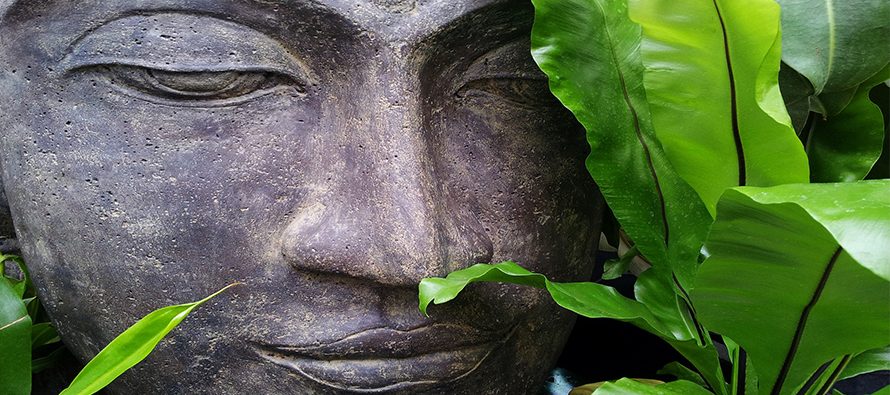SUCRALOSE…IS IT SAFE?
There are different opinions as to the safety of sucralose.
Principle 1: Almost any ingredient whether vitamin, mineral, plant extract, etc. has a duality. If the ingredient is used in the right proportion it can be of benefit to the consumer. If it is overused, it can be potentially dangerous to the consumer. For example, Iron can become dangerous at 200-250mg/kg body weight, salt toxicity level is 3.5g in the blood plasma (Brody).
Principle 2: Just because information is posted on the internet in the form of an official-looking site, vaguely referencing research studies, biased research, and “mommy blogs” (we don’t really like that term as it can be viewed as demeaning towards mothers when a better term would be “alarmist blogs”); does not mean it is true.
Now, on to sucralose. Sucralose is a sweetener derived from the natural sugar sucrose (table sugar). With the simple addition of a Chloride molecule (table salt) and a variety of other natural ingredients, to the sucrose molecule, it was discovered that it drastically increases the sweetness of sucrose (Knight, 1994) (Frank).
Sucralose is 600 times sweeter than sucrose and is used in many foods and beverages due to its very stable properties in high temperature and acidic neutrality (Rodero, Azoubel). Sucralose has virtually zero calories and along with its strong stability properties, a very small amount is needed to make a huge impact on the taste of products and help improve the overall flavor.
The FDA has approved sucralose as a sweetener with an acceptable daily intake of 5mg/kg/day (Regulatory Status 21 CFR 172.831). Due to intense sweetness, sucralose levels in many products range from .01mg-0.5mg/kg. With the increase in demand of items with low levels of calories and sugars which still provide a good flavor, there has also been a rise in the use of substitute sweeteners to help fulfill both requirements.
To our knowledge, all official health agencies have deemed sucralose to be safe.
Years ago, when sucralose became a target of negative press, we looked into some of the research that indicated sucralose was unsafe. One of the early alarmist alerts was that sucralose caused cancer. Much of the research we saw was based on studies with sucralose being administered to rats. As we dug into the research we found that in some studies incidence of cancer actually decreased in rats given sucralose.
More than 100 studies have been performed on sucralose and the end result is that sucralose is not toxic at the levels found in food.
When sucralose was administered to rats at doses from 10-1,000mg/kg, the majority of the sucralose was excreted in unaltered form in the first 24 hours (Sims et al., 2000)(Rodero, Azoubel). Sucralose is very stable and due to its strong carbon-chloride bonds, the material cannot be hydrolyzed during digestion or metabolism (Binns, 2003; Barndt & Jackson, 1990) (Rodero, Azoubel). With studies showing the high levels of sucralose being administered and still the majority of this material being excreted from the body, shows that the sucralose is safe to use.
A common thread we found in much of the research was the enormous quantity of sucralose given to the test animals. No adverse reactions were observed at intakes up to 16,000mg/kg/day in mice or 10,000mg/kg/day in rats, which is equivalent to 1,000lbs of sucrose consumed in a single day by a 165lb adult (Goldsmith, 2000) (Frank). Ridiculous amounts! Remember Principle 1 above? Of course if a person overdoses on an ingredient by that much, they’ll probably experience negative side effects! An average person couldn’t even consume enough HEART & HYDRATION in a day to come anywhere close to the amounts used in the tests.
Sucralose is a great replacement for sugar. It sweetens a product without causing sugar spikes in the blood. It also avoids having the consumer experience a post sugar spike crash. Sugar spikes can also cause people to have increase in appetite. In our opinion, Sucralose is a great sweetening ingredient. With well over 300,000 people using products we have formulated over the years, using sucralose, we have yet to see any negative side effects, and isn’t that the most conclusive test of all?
Frank, Genevieve. “Sucralose: An Overview”. Penn State University.
Rodero, A.B; Rodero, L.S.; Azoubel, R. “Toxicity of Sucralose in Humans: A Review”. Int. J. Morphol.
(2009)
Brody, Tom. Nutritional Biochemistry. San Diego: Academic Press, 1998





2 Comments
I have been trying so hard to reach out to you and Ryan to say thank you.. However… With the thousands of people who are in your lives I doubt I will ever be seen or heard.
I wanted to let you know that I am amazed with what you do and would love to actually work with you..
Really enjoyed this blog. Really looking forward to read more. Really Cool.